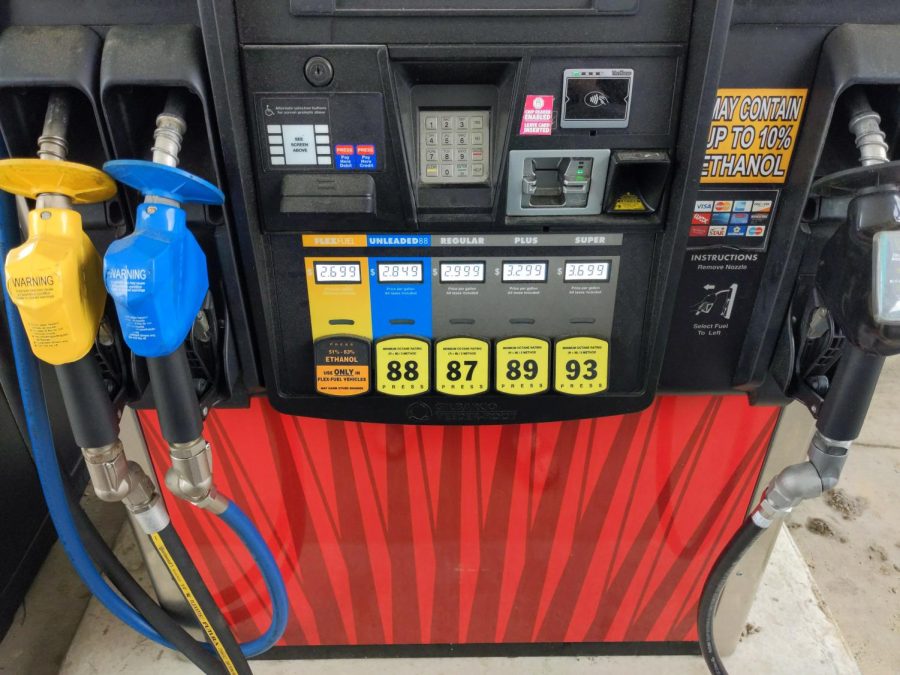California Passes Plan Aiming to Prohibit Sale of Gasoline Cars
September 14, 2022
State regulators on the California Air Resources Board have taken the first step in reducing the number of gas-powered cars on California streets, with a plan to prohibit the sale of gas-based vehicles altogether by 2035. Voted in on Aug. 25, their proposal aims to cut emissions 40% by 2030 and achieve carbon neutrality (having no net release of carbon dioxide to the atmosphere) by 2045. By 2026, the plan outlines that 35% of all new vehicle sales will be those of either hybrid cars, fully battery-powered cars, or fully fuel cell-powered cars; by 2030, that number will rise to 68%. Manufacturers who don’t fulfill this requirement will be forced to pay a $20,000 fine or buy credits from manufacturers who have sold more than required.
The LA Times’ staff writer Hayley Smith writes that this dramatic shift from a fossil fuel-dominated economy to a renewable one calls for major infrastructure changes. According to Smith, experts predict that the demand for electricity will double in the years that follow, and that California will need to install an extensive and easily accessible network of charging stations for this transition to renewable energy to be a viable option. Where exactly all that power will come from has yet to be accounted for, as many details of the plan are still being discussed.
On the contrary, some believe the timeline isn’t fast enough. The length of this plan means that the effects of the climate crisis will be allowed to wreak even more havoc on public safety by increasing the risk of cardiovascular and respiratory diseases and contributing to rising sea levels that threaten to swallow up coastal and island communities.
Critics argue that this long-term plan is a setback rather than a step forward because the priority should be to remediate the damage before it becomes irreversible—which can only be achieved through immediate and aggressive action; however, others are optimistic that this move could be the impetus for California’s transition to renewable energy sources for automobiles.
“As I was voting, I said, this is perhaps the most important action I have taken in my life,” commented Daniel Sperling, a member of the California Air Resources Board, in an appearance on PBS NewsHour.
Similar plans in the past have proven effective, the most successful being California’s cap-and-trade program of 2006, where companies held “pollution credits” that could be bought or sold in controlled amounts to keep emissions from rising to unsafe levels.
Despite critics, California’s plan to shelve fossil fuels for good is a light on the horizon for many hopeful environmentalists. By implementing strategies that will drive America toward a no-emissions society, California is one step closer to ensuring a carbon-neutral future for later generations; this plan could very well aid in breaking the cycle of human exploitation and protecting the planet’s natural resources for centuries to come.
Photo courtesy of WIKIMEDIA COMMONS

